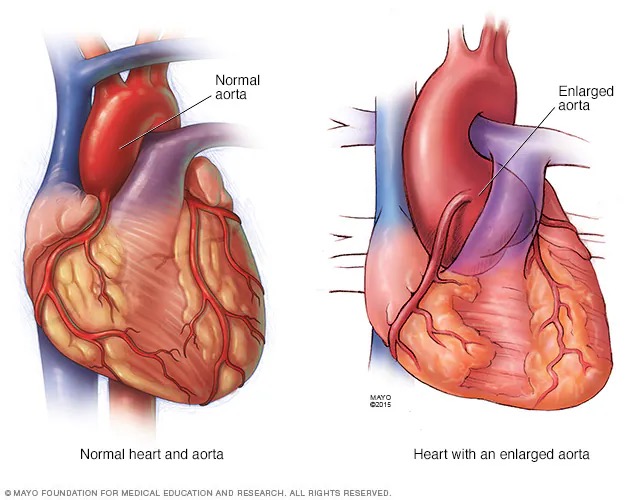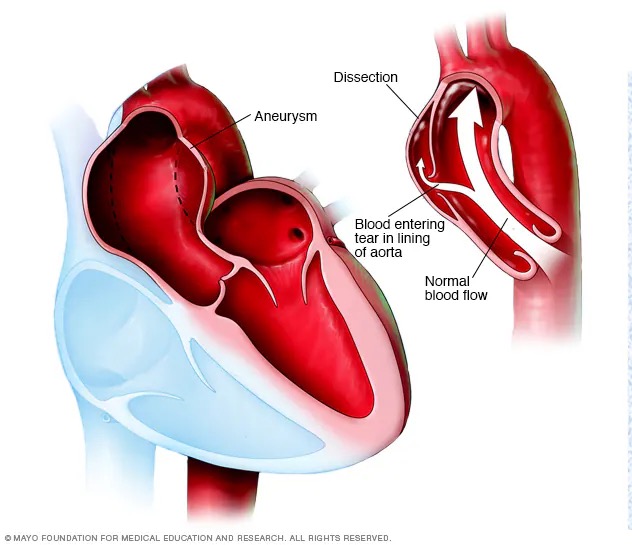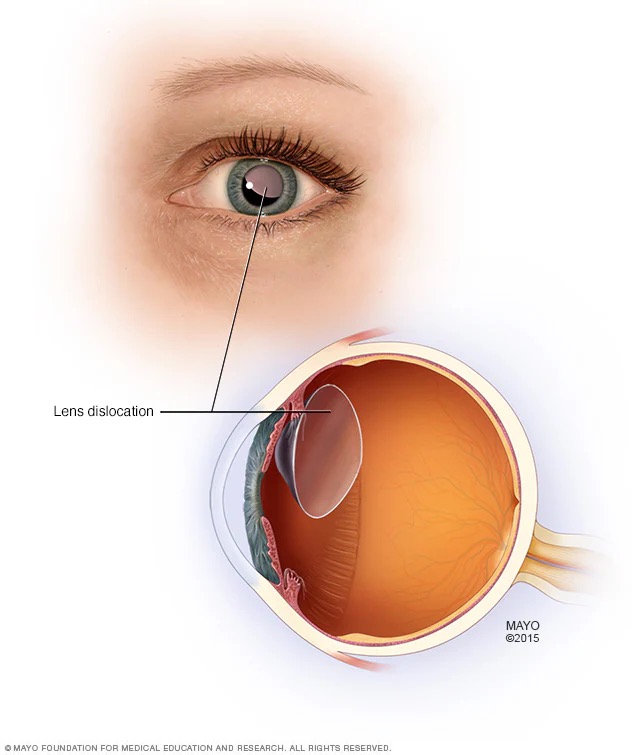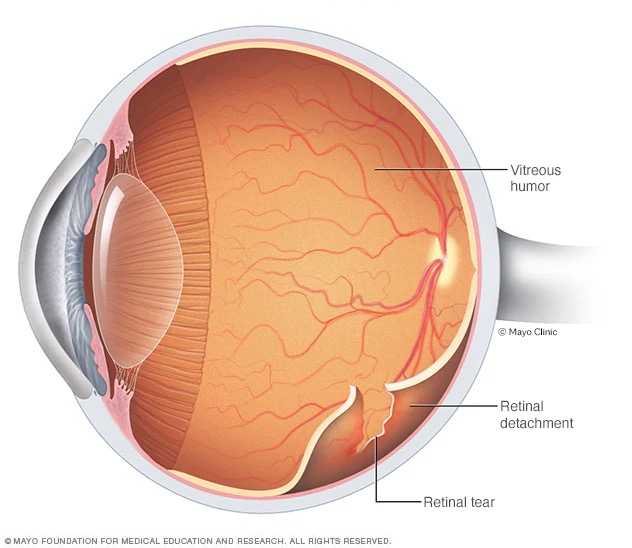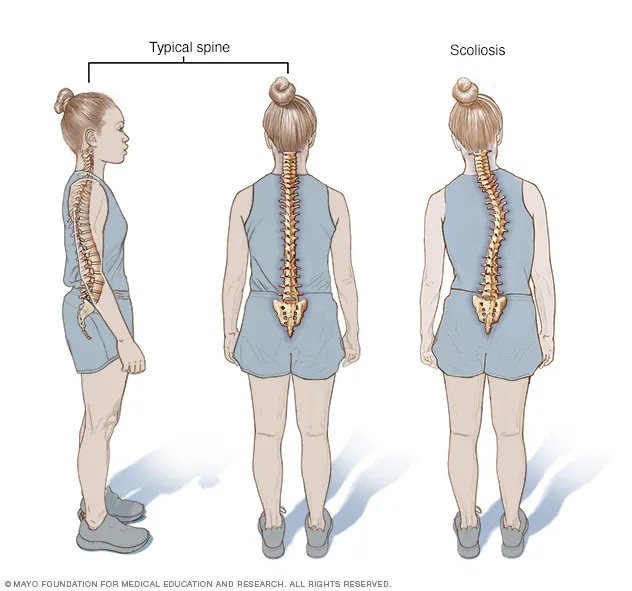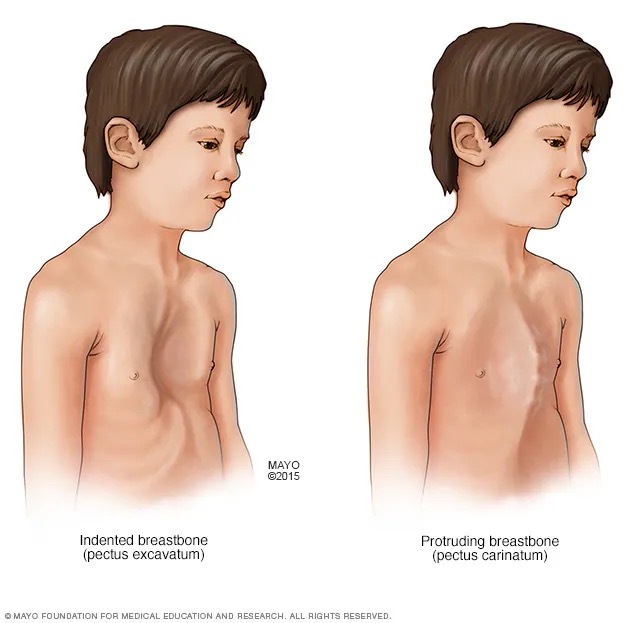
Marfan syndrome is an inherited disorder that affects connective tissue - the fibers that support and anchor your organs and other structures in your body. Marfan syndrome most commonly affects the heart, eyes, blood vessels and skeleton. People with Marfan syndrome are usually tall and thin with unusually long arms, back legs, fingers and toes. The damage caused by Marfan syndrome can be mild or severe. If your aorta - the large blood vessel that carries blood from your heart to the rest of your body — is affected, the condition can become life-threatening.


Symptoms
The symptoms of Marfan syndrome can vary widely in severity and may include:
Skeletal
Tall and slender stature, long arms and legs, flexible joints, scoliosis (curvature of the spine), chest deformities
Cardiovascular
Aortic aneurysm (bulging or tearing of the main artery), heart valve problems, mitral valve prolapse
Eye
Dislocated eye lenses, nearsightedness, glaucoma
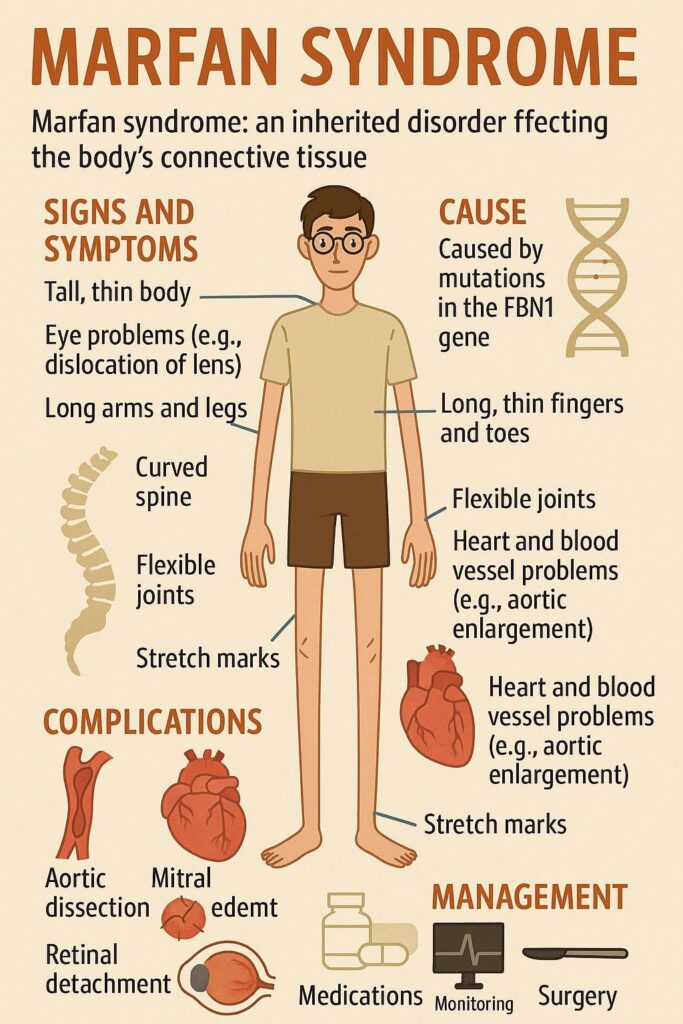
Other
Crowded teeth, low muscle tone
Diagnosis
Marfan syndrome is typically diagnosed based on a physical examination, family history, and genetic testing.
Treatment
There is no cure for Marfan syndrome, but treatments can help manage symptoms and prevent complications.
Treatment may include:
Medications
Beta-blockers to lower blood pressure and reduce the risk of aortic aneurysm
Surgery
To repair or replace the aorta, heart valves, or dislocated eye lenses
Physical therapy
To strengthen muscles

Eye Issues
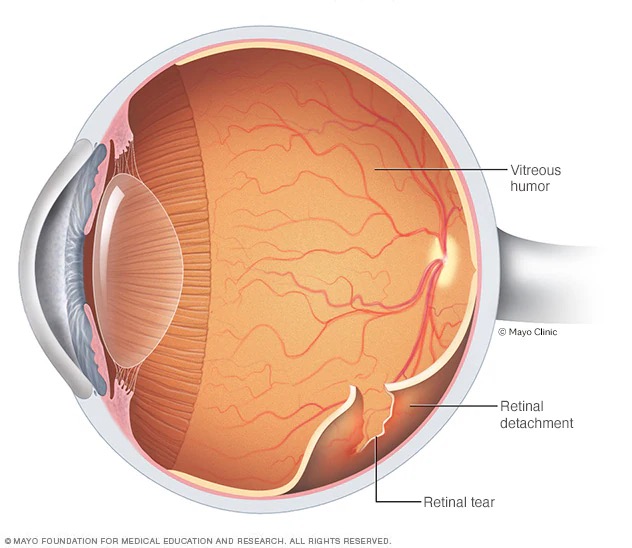
The most common eye issue is the displacement of the eye lens (ectopia lentis, or lens subluxation). This issue tends to occur in a person’s 30s or 40s.4 It can lead to symptoms like blurred and double vision.
People with Marfan syndrome also have a much higher risk of certain other eye problems. These may occur at an earlier age than they typically would in people without Marfan syndrome.
Some of these include:
Myopia (nearsightedness)
Amblyopia (“lazy” eye)
Strabismus (crossed eyes)
Cataracts
Sudden onset glaucoma
It’s imperative to see a healthcare provider promptly if you have any symptoms of potential retinal detachment.


